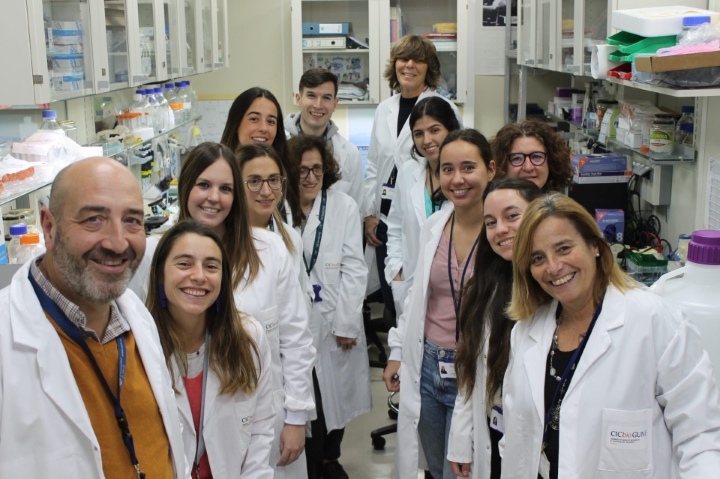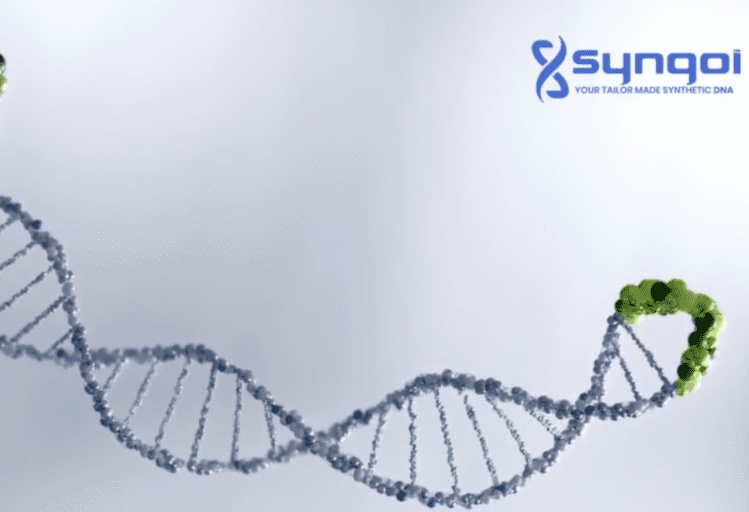CIC bioGUNE research uncovers keys to cell adaptation to fastin

Researchers from CIC bioGUNE, CIBEREHD and CIMUS have discovered that the methyl group donor molecule S-adenosylmethionine (SAMe) has been shown to be a metabolic sensor in the physiological response to fasting and nutritional stress.
The study, which provides new insight into how the body adapts and responds to fasting conditions, has been published in the international journal Cell Metabolism.
 A collaborative national and international study led by CIC bioGUNE, through the “Liver Disease” laboratory led by Dr. Malu Martínez Chantar (CIC bioGUNE, CIBER de Enfermedades Hepáticas y Digestivas-CIBEREHD), and by the “Gene Regulatory Control in Disease” team of the Centro de Investigación en Medicina Molecular y Enfermedades Crónicas (CIMUS) led by Dr. Marta Varela of the Gene Regulatory Control in Disease CIMUS, has identified the levels of the methyl group donor SAMe (Sadenosylmethionine) as a new molecular mechanism underlying the physiological response of the methyl group donor SAMe (Sadenosylmethionine). Marta Varela of the Gene Regulatory Control in Disease CIMUS, has identified the levels of the methyl group donor SAMe (Sadenosylmethionine) as a new molecular mechanism underlying the physiological response to fasting and cellular adaptation to nutritional stress.
A collaborative national and international study led by CIC bioGUNE, through the “Liver Disease” laboratory led by Dr. Malu Martínez Chantar (CIC bioGUNE, CIBER de Enfermedades Hepáticas y Digestivas-CIBEREHD), and by the “Gene Regulatory Control in Disease” team of the Centro de Investigación en Medicina Molecular y Enfermedades Crónicas (CIMUS) led by Dr. Marta Varela of the Gene Regulatory Control in Disease CIMUS, has identified the levels of the methyl group donor SAMe (Sadenosylmethionine) as a new molecular mechanism underlying the physiological response of the methyl group donor SAMe (Sadenosylmethionine). Marta Varela of the Gene Regulatory Control in Disease CIMUS, has identified the levels of the methyl group donor SAMe (Sadenosylmethionine) as a new molecular mechanism underlying the physiological response to fasting and cellular adaptation to nutritional stress.
During fasting, a significant decrease in SAMe levels was observed in the liver, which plays a crucial role as an intracellular sensor. This phenomenon activates the interaction between the endoplasmic reticulum (ER) and mitochondria, as well as β-oxidation, a process vital for lipid metabolism in the liver. These results provide new insight into how the body adapts and responds to fasting conditions.
In addition, the researchers have also shown in their paper, published in Cell Metabolism, that the local synthesis of SAMe in mitochondrial membranes (MAMs) plays a protective role in reducing liver damage. This discovery highlights the importance of the precise regulation of SAMe levels in liver cells during fasting and provides further insight into the molecular mechanisms involved in the adaptive response to nutritional stress conditions.
These findings could have significant implications for the design of therapeutic approaches for diseases related to liver metabolism and nutritional regulation.




